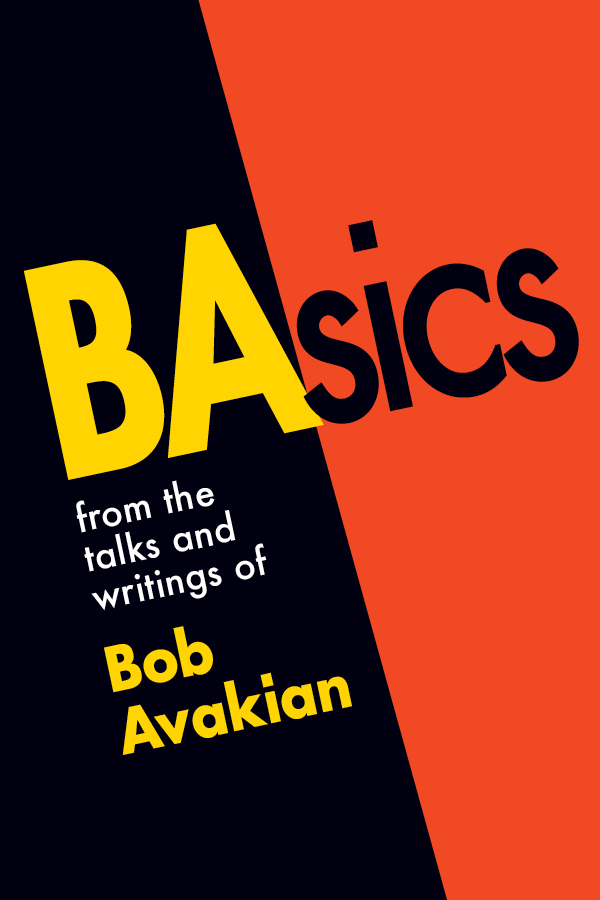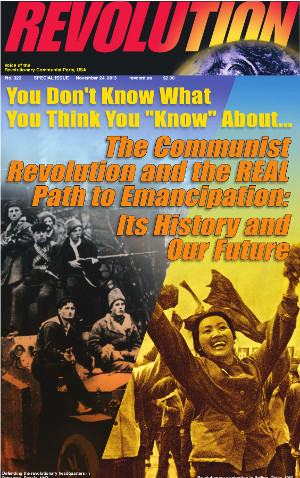Charleston Massacre: A Very AMERICAN Crime
June 29, 2015 | Revolution Newspaper | revcom.us
Nine people massacred in the Emanuel African Methodist Episcopal in Charleston, South Carolina...because they were Black. While they were praying. By a cold-blooded white supremacist, after they’d opened their doors to him.... You’re reeling, kicked in the heart.
The Charleston massacre was part of a long, gruesome history of white-supremacist violence against Black people in America. A very AMERICAN crime.
Murdering Black people in church and violent attacks on Black churches is not ancient history. It is not a history confined to the Confederacy (although the oppression of Black people is deeply rooted in slavery and the first Jim Crow). It is not isolated from but is part of a whole gruesome history of lynching, KKK terror and murder, police killing, mass incarceration, and all-around oppression.
And attacks on Black churches are part of the modern-day terror Black people are subjected to every day from violent racists in, and out of, police uniforms.
Every day? Yes, every day. Police kill unarmed Black and Brown people about once a day in America. And in the week after the Charleston massacre, four Black churches in the South were set on fire—in three cases authorities have said the fires were set by arsonists.
Here, we can only briefly touch on and point to a few of the countless instances of violence this system has carried out against Black people from the time they were kidnapped in Africa and brought here as slaves, until today. For a basic understand of this history, see The Oppression of Black People, The Crimes of This System and the Revolution We Need.
A Nation Born in the Violent Oppression of Black People and Genocide
Between 10 and 15 million Africans were violently forced into slavery between 1500 and 1900, many of them destined for the “land of the free,” the United States—on land violently seized from the Native Americans.
Black slaves were worked mercilessly to build up much of the foundation of the great wealth and power that is the United States. Academics estimate that least 2 million Africans—10 to 15 percent—died during the infamous "Middle Passage" across the Atlantic Ocean—thrown overboard because they were sick, weak, or died in the hellish conditions on slave ships. Another 15 to 30 percent died during the march to or confinement along the west African coast. Altogether, for every 100 slaves who reached the New World, another 40 died in Africa or during the Middle Passage.
And slavery was enforced with unrestrained violence. Slaves had no rights. Those who ran away were whipped and tortured to terrorize others.
When the Civil War broke out, some 200,000 Black soldiers fought to end slavery, with 40,000 of them dying.
Jim Crow: Slavery Ends, Massacres and Terror Continue
Outright slavery, which was enforced with legalized, unrestrained violence, ended 150 years ago with the defeat of South. But did violent atrocities against Black people stop? Hell no.
During the ten years or so known as Reconstruction after the Civil War, the U.S. government stationed troops in the South to prevent wholesale slaughters of Black people, and poor whites, who were striving to gain land and exercise political rights promised to them. In 1877 those troops were pulled out of the South (many sent to massacre Native Americans). The Ku Klux Klan, armed white supremacist terrorists, who had been kept somewhat in check during Reconstruction, was allowed to carry out bloody massacres of Blacks and their supporters. The Supreme Court legalized these massacres in the 1875 Cruikshank decision—which upheld the state of Louisiana’s decision to not prosecute the white perpetrators of the massacre of over 100 Black and white supporters of Reconstruction in Colfax, Louisiana.
What followed were decades of unchecked violence by the Klan in the South, working closely with, and in most places essentially identical to, the local police and sheriffs. Every city, every town, had places where the bodies of Black people could be found after a night of Klan terror.
These were decades of outright massacres, massacres most people have never heard about. In 1876, seven Black people were massacred and the entire town where they lived—Hamburg, South Carolina—was looted. In 1887 at least 35, but probably closer to 300, Black sugar-cane workers were slaughtered in Thibodaux, Louisiana after they had gone on strike. In 1923, eight Black residents of Rosewood, Florida were massacred and the entire population of about 350 was driven from their homes.
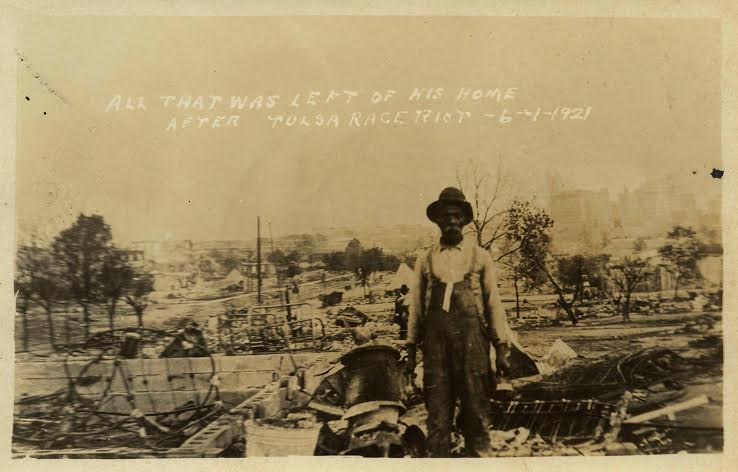
One of the most horrific massacres against African-Americans took place in 1921 in Tulsa, Oklahoma. After a rumor swept through town that a young Black man had insulted a white woman, a mob of whites gathered to lynch the alleged perpetrator. Organized militant forces in the Black community stepped forward to defend him. All the hateful forces of white supremacy in the area—including the police and National Guard—responded to that resistance with two feverish days of murder and fire. The dead of Tulsa's Black community lay stacked in piles. And the central Black business district of North Tulsa was totally burned out. An estimated 300 were slaughtered and another 800 wounded. A reporter wrote, "Corpses stacked like cordwood on street corners, photographed for keepsakes. Corpses piled in the backs of wagons, dump trucks, and along railroad sidings. Corpses buried in an underground tunnel downtown, where one caller said 123 blacks had been clubbed to death. Corpses left to rot for days in a park under the blistering Oklahoma sun. Corpses dumped in the Arkansas River and allowed to float away." (New York Times, December 19, 1999)
The Tulsa Massacre, 1921: One of the most horrific massacres of all took place in 1921 in Tulsa, Oklahoma. For decades, Black people fleeing the horrors of the plantation South had found their way west to North Tulsa and forged a new community of 15,000—together with black Seminoles who had arrived in Oklahoma a century earlier. This new community was called the Greenwood district, or "Little Africa"—one of the most successful and wealthiest Black communities in the U.S. Most of the people in this Black community were wage workers—often crossing the railroad tracks into South Tulsa for the worst jobs and domestic work. At the same time, the rigid segregation of Tulsa meant that "Little Africa" created its own business district along Greenwood Avenue, now known as the Black Wall Street. There were Black-owned movie theaters, a newspaper, jewelry stores, 15 doctors, three law offices, a school, three grocery stores, many restaurants, churches, and a Black-owned bus line.
But the Tulsa Tribune and white racists of South Tulsa just called it "N*ggertown." After a rumor swept through town that a young Black man had insulted a white woman, a mob of whites gathered to lynch the alleged perpetrator. Organized militant forces in the Black community stepped forward to defend him. All the hateful forces of white supremacy in the area—including the police and National Guard—responded to that resistance with two feverish days of murder and fire. The dead of Tulsa's Black community lay stacked in piles. And the central Black business district of North Tulsa was totally burned out. An estimated 300 were slaughtered and another 800 wounded.
Reporter Brent Staples describes the aftermath: "Corpses stacked like cordwood on street corners, photographed for keepsakes. Corpses piled in the backs of wagons, dump trucks, and along railroad sidings. Corpses buried in an underground tunnel downtown, where one caller said 123 blacks had been clubbed to death. Corpses left to rot for days in a park under the blistering Oklahoma sun. Corpses dumped in the Arkansas River and allowed to float away." (New York Times, December 19, 1999)
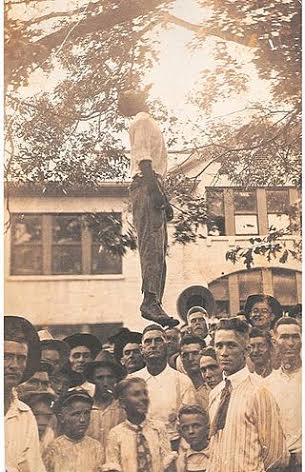
Between 1877 and 1950 at least 3,959 Black people were lynched in 12 Southern states. American values? Lynchings were turned into public celebrations, family gatherings, picnics—and commemorated with postcards. Often, just lynching Black people wasn't enough for these white citizens, these guardians of American values: Victims were mutilated, body parts cut off as souvenirs, sometimes their bodies burned—dead or alive. One historian wrote, "It is doubtful that any Black male growing up in the rural South in the period 1900 to 1940 was not traumatized by a fear of being lynched."
These were the lynching decades. Black people, young or old, lynched at any time, for any reason, or for no reason at all—and with no consequences for the white lyncher and lynch mobs. Between 1877 and 1950 at least 3,959 Black people were lynched in 12 Southern states.
American values? Lynchings were turned into public celebrations, family gatherings, picnics—and commemorated with postcards. Often, just lynching Black people wasn’t enough for these white citizens, these guardians of American values: Victims were mutilated, body parts cut off as souvenirs, sometimes their bodies burned—dead or alive. One historian wrote, “It is doubtful that any Black male growing up in the rural South in the period 1900 to 1940 was not traumatized by a fear of being lynched.”
In 1955, 14-year-old Emmett Till visited Mississippi from his home in Chicago. For whistling at a white woman, he was taken by white people in the dead of night, shot and beaten beyond recognition. His murderers were acquitted in an hour by an all-white jury. President Dwight D. Eisenhower never said a word, and refused to answer a plea from Emmett Till’s mother. (See "Emmett Till and Lynchings, Past and Present")
The Real History of the Civil Rights Movement and the KKK-FBI Collaboration
One of the big lies the rulers tell about the history of this country is that the federal government, including the FBI, supported the civil rights movement against Southern segregationist state governments, and that the violent atrocities committed against the people and civil rights workers were the acts of the KKK and individual white racists. In reality, the FBI often collaborated with the KKK and was more concerned about communists and radicals in the civil rights movement than racist murders.
For example, during the 1960s, the FBI spied extensively on Martin Luther King Jr. It has also been revealed that the FBI had three times as many pages—1,000—in its files on Viola Liuzzo, a white civil rights worker murdered by the KKK, than on the KKK itself! Not only that, an FBI informant was in the car with Liuzzo’s murderers.
On September 15, 1963, in Birmingham, Alabama, KKK assassins placed a bomb in the Sixteenth Street Baptist Church, a center for the civil rights struggle then raging, murdering four young girls and injuring 20 people. But because the FBI suppressed the information they had on the four Klan killers, none were initially arrested, and then none were convicted for 14 years. The last of the killers was only convicted after nearly 40 years!
Then there is the whole history of COINTELPRO and the FBI’s aggressive efforts to smear, sabotage and destroy the Black Panther Party and other organizations in the Black liberation struggle.
None of this was “inexplicable” or contrary to “American values.” There’s a logic in FBI-KKK collaboration, and overall efforts by the state to suppress struggle again Black oppression, rooted in what America is all about: maintaining white supremacy, a pillar of capitalist society and rule—by terrorizing Black people and ignoring the violent crimes of those who enforce it.
New Jim Crow—Mass Incarceration, Police Murder & Terror, Burning Churches
Government officials and mainstream pundits tell us that things are different now, that the oppression of Black people is largely a residue of the past that must now be “overcome.” That’s a lie: the forms of the oppression of Black people have just changed. Now it’s the “New Jim Crow” and the whole system of mass incarceration and police murder and terror.
One thing that has changed is that today, white-supremacist violence is mainly carried out by police who murder hundreds of people every year, disproportionately Black and Latino people.
Over the past decades, thousands of people, mainly Black or Brown, have been murdered by police. This year alone, at least 385 people have been shot and killed by police nationwide through May—nearly 2.6 people every day, disproportionately Black and other people of color. At this pace, the police will have shot and killed nearly 1,000 people by the end of the year.
And at the same time, “unofficial” violence is part of the mosaic of a reign of terror against Black people. In 1998 James Byrd Jr., a 49-year-old Black man, was walking home from a family gathering in Jasper, Texas. Three white men offered him a ride. He took it. They turned out to be Ku Klux Klan supporters. They beat Byrd senseless, then chained him to their pickup truck and then dragged him through the rural Texas town until chewed up body parts were strewn for miles. And yes, this was 1998, not 1898.
Trayvon Martin was killed by a white racist vigilante in Sanford, Florida in 2012. His murderer got a pat on the back from the system and went free. In early April 2012, two white men drove a pickup through the predominantly Black neighborhood of Northgate in northern Tulsa, in the middle of the night and began shooting at people. William Allen, Bobby Clark, and Donna (Dannaer) Fields were killed in the rampage, and two others were wounded. A white racist murdered Jordan Davis in Jacksonville, Florida later that year because he felt Jordan Davis was playing his music too loud in his car.
Violence Against Black Churches
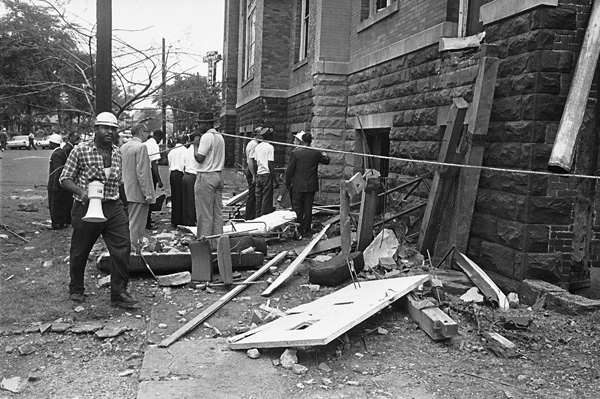
Because Black churches have been the one cohering element of many Black communities historically, and because at times some have been centers of protest, they have been a particular target of white supremacist violence.
The 1963 bombing of the 16th Street Baptist Church in Birmingham, Alabama, was a defining event in America. The church served as a center of the city’s African American community and was used as a meeting place for the civil rights movement. And that massacre took place amidst a wave of bombings targeting Black people—a wave of terror so pervasive in Birmingham that Black people (and others) referred to the city as “Bombingham.” Photo: AP
In slave days, the slave masters decreed that Black slaves could only gather in church. The oppressors had their own logic for this, and a message they wanted to preach—invoking the Bible to justify slavery. In the history of Black people in America, the church has been seen as one place of refuge from the daily, hourly terror and threats of violence and death at the hands of authorities of violent white racists.
And there were times when churches were places where resistance and even rebellions were launched and led from. Denmark Vesey planned and organized a slave rebellion at Emanuel African Methodist Episcopal in 1822. Vesey was hung and the church was shut down.
Because Black churches have been the one cohering element of many Black communities historically, and because at times some have been centers of protest, they have been a particular target of white supremacist violence.
The 1963 bombing of the 16th Street Baptist Church in Birmingham, Alabama, was a defining event in America. The church served as a center of the city’s African American community and was used as a meeting place for the civil rights movement. And that massacre took place amidst a wave of bombings targeting Black people—a wave of terror so pervasive in Birmingham that Black people (and others) referred to the city as “Bombingham” (see “From "Bombingham" and Selma to 2015: Interview with a veteran revolutionary”).
There have been waves of violent attacks on Black churches through the decades. In the first half of 1996, for example, 27 Black churches were burned down in the rural South, robbing the Black communities of places to congregate, to socialize, to feel safe and seek refuge, and creating a generalized state of terror.
According to The Huffington Post, at least 91 churches have been violently attacked since 1956. Between 1995 and 1996, more than 30 Black churches were burned, prompting Congress to enact the Church Arson Prevention Act. One of these churches was the Inner City Church in Knoxville, Tenn.—someone threw 18 Molotov cocktails into the church and wrote racial slurs on the walls, including “White is right,” according to the Los Angeles Times.
Bombs, shootings, fires, cross-burnings, defacing—all aimed at Black churches. Think about it: there’s a message being sent—if Black people aren’t safe in church they aren’t safe anywhere. An important institution in the Black community is being targeted and in some cases destroyed. It’s a statement that in the eyes of these white supremacists, Black people have no legitimate place in U.S. society—and never will. In short, there’s a genocidal logic here—a logic that’s been at AMERICA’s core since the first slaves were brought to Virginia in 1619, a logic enshrined when the United States was founded in 1776, and it continues to this day.
So don’t fucking tell us that the Charleston massacre isn’t AMERICA. It’s nothing but.
Volunteers Needed... for revcom.us and Revolution
If you like this article, subscribe, donate to and sustain Revolution newspaper.




